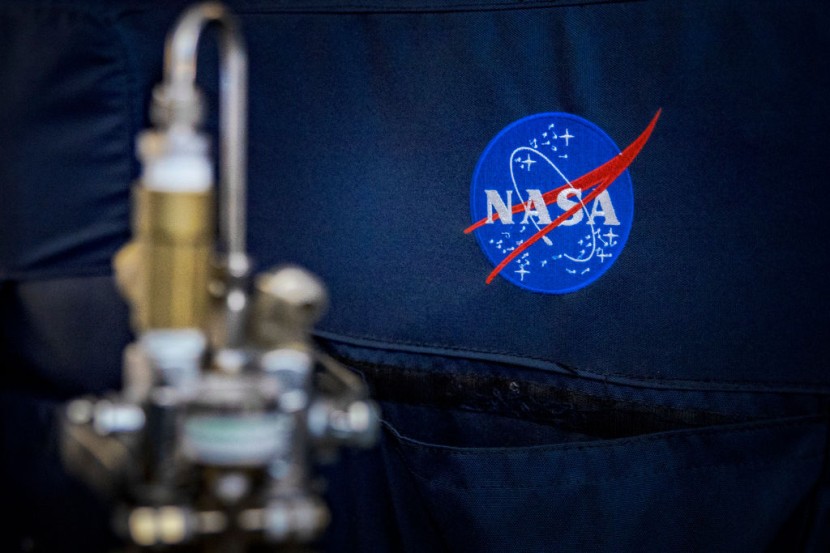NASA is opening up the doors of opportunity as it seeks four people to undertake a Mars simulation program that would last for one year.
While the space agency is not yet able to send anyone to the Red Planet directly, the simulated habitat would allow them to gain more information about the endeavor. The Friday announcement also noted that NASA will be paying for the entirety of the program.

The space agency said that it is looking for healthy adults who have science degrees or have military or piloting experience. The Crew Health and Performance Exploration Analog (CHAPEA) is running a series of one-year "missions."
These missions involve volunteers who can act as astronauts would in space, as the space agency calls them analog astronauts, and live inside a 3D-printed habitat located in Houston, Texas.
The simulated habitat stretches 1,700 square feet and is called the Mars Dune Alpha and mimics habitats that NASA may one day build on Mars to house astronauts. The program's first four-person crew has been living in the simulated habitat since last July, as per Business Insider.
The space agency's reports on the crew's progress suggest what the job is actually like and features growing vegetables, simulating "Marswalks" in a sandbox, overseeing science experiments like the ones that are done on the International Space Station (ISS), and following a strict exercise regimen.
Now, NASA is looking for applicants for its second CHAPEA mission, which is set to start in the spring of next year. The space agency said that it is looking for "healthy, motivated U.S. citizens or permanent residents" who are aged 30 to 55, who are proficient in English, and who do not smoke.
Similar to space-faring astronauts, NASA wants the CHAPEA volunteers to have a master's degree in a STEM field, with either two years of experience in that particular field or 1,000 hours of jet piloting.
What To Expect
The space agency is planning a total of three of the "ground-based missions" that would be conducted inside the simulated habitat. In a release, NASA said that as the first CHAPEA crew is more than halfway through their year-long mission, they are using research gained through the simulation to help inform crew health and performance support during Mars expeditions, according to USA Today.
In a statement on its website, NASA said that life in Mars Dune Alpha will resemble the expected experience for people living in a future Mars surface habitat. It added that the layout of the 3D printed area was designed to provide separate areas for living and working.
In applying for the simulation, applicants must fill out NASA's lengthy questionnaire, which includes parts such as, "Are you willing to have no communication outside of your crew without a minimum time delay of 20 minutes for extended periods (up to one year)?"
While the requirements for the simulated habitat are somewhat extensive, the CHAPEA missions are vital for NASA's Artemis plans to establish a permanent human presence on the Red Planet as well as on the moon, said Popular Science.
Related Article:
Valentine's Day Scrub: Intuitive Machines Moon Lander Launch Postponed to Feb. 15
© 2026 HNGN, All rights reserved. Do not reproduce without permission.








